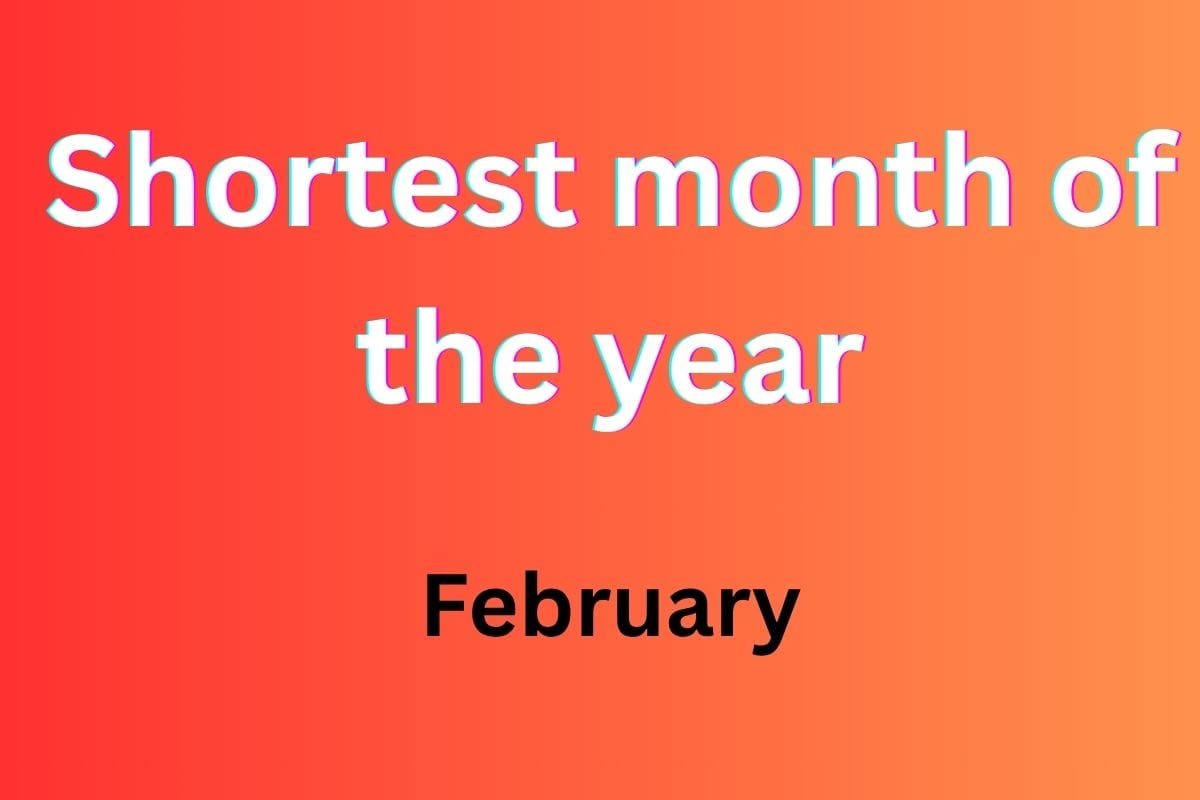February is the shortest month of the year. It has 28 days in common years and 29 days in a leap year. This makes it unique among all the months.
Have you ever wondered why February seems to fly by faster than any other month? Its shorter length is a quirky characteristic of our calendar system.
Let’s delve into the fascinating reasons behind this unique phenomenon and explore how it impacts our year.
Why is February Shorter Than Other Months?
The primary reason February has fewer days dates back to ancient Roman calendars. Early Roman calendars were complex and underwent several reforms over centuries. When Julius Caesar introduced the Julian calendar, he aimed for a more standardized system.
He allocated 30 or 31 days to most months. February, however, was left with fewer days to align the calendar more accurately with the solar year. This historical decision is why we have a short February today.
The Impact of February’s Length
February’s shorter length has several minor impacts. It can affect billing cycles and the calculation of certain deadlines. However, the consistent structure of the calendar ensures these impacts are minimal and easily managed.
For most people, February’s brevity simply means a quicker transition from winter to spring. It’s a subtle reminder of the intricate system that governs our days and seasons.
Frequently Asked Questions
Why do some years have a 29-day February?
Some years have a 29-day February because they are leap years. This extra day is added every four years to keep our calendar in sync with the Earth’s orbit around the sun.
Does February ever have 30 days?
No, February never has 30 days. It consistently has either 28 days (in common years) or 29 days (in leap years).
What would happen if we didn’t have leap years?
If we didn’t have leap years, our calendar would gradually fall out of sync with the seasons. Over time, holidays and seasonal events would no longer align with their traditional weather patterns.
Wrapping Up
February stands out as the shortest month, a testament to ancient calendar reforms and the necessity of keeping our modern calendar accurate. Its 28 or 29 days play a crucial role in our annual cycle, especially with the addition of leap years. So, the next time February whizzes by, you’ll know exactly why!
Want to learn more about the fascinating history of our calendar or other time-keeping curiosities? Explore our other articles for deeper insights into how we measure time.
